Solution provider: Grundfos
The case is featured in our white paper Reducing urban water losses.
News
Non-revenue water
Urban water management
Water management
+1
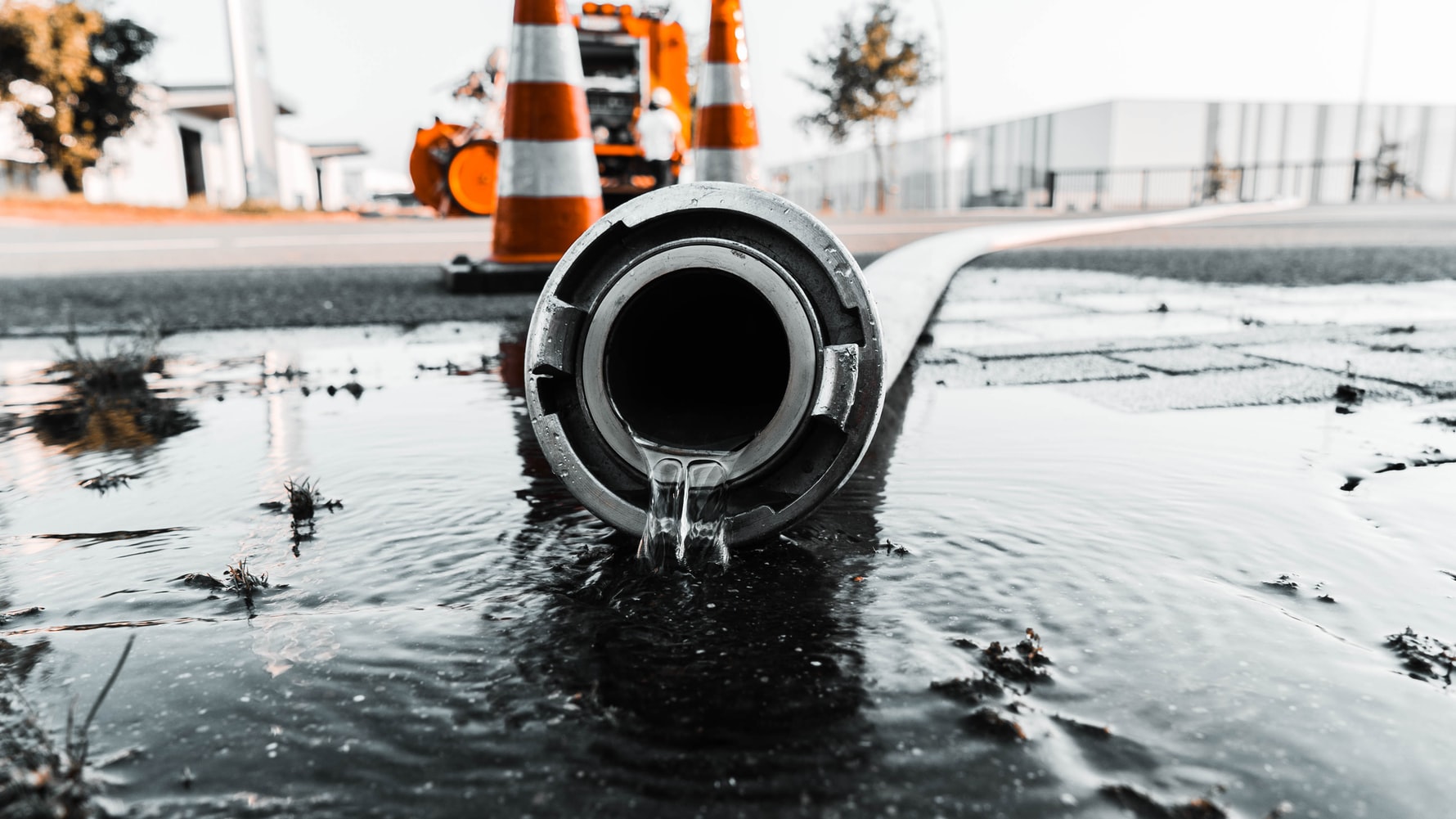

Today, 25-50 per cent of all distributed water globally is lost or never invoiced due to leakages, inaccurate billing systems, incorrect metering, illegal connections, deteriorating infrastructure and wrong water pressure management, etc. This is called non-revenue water (NRW), i.e. distributed but lost water for which a utility never receives revenue. NRW is a serious economic issue as well as a waste of the planet’s scarce drinking water resources. NRW can and should be reduced.
NRW levels are high in many cities throughout the world – varying from 5 per cent to as much as 80 per cent, with approx. 40 per cent being the average. Thus, immense volumes of clean drinking water are wasted, lost through leakages, burst or not accounted for due to metering inaccuracies or illegal connections – all leading to financial losses for water utilities.
Water consumption on a global scale is projected by the United Nations to increase by up to 30 per cent by 2030, which will lead to an even bigger supply gap for countries already facing water stress. With a ‘business as usual’ approach and average economic growth, demand for water will outnumber known available freshwater resources by 4 per cent in less than 20 years from now. Future demands for water therefore require a strong focus on effective water management, operation and a reduction of NRW.
High-quality products pay off in the long term
If improvements in the water distribution infrastructure are to last in the long term and show an expected reduction in water loss, it is recommended to use high-quality components and products. Aspects to be considered when purchasing and installing new components include length and scope of warranty, Total Cost of Ownership, energy consumption as well as long-term reliability and accuracy.
Water loss challenges from around the world
In the following, we have gathered 5 examples of how cities can reduce the amount of NRW and thereby save money and meet increasing water needs for a growing population.
The Padania Acque Gestione S.p.A water company in Montodine, Italy was losing water and using more energy than necessary in its distribution network and approximately 275,000 kWh of energy was used to distribute 670,000 m3 of water annually.
To minimise this, the water company decided to implement Grundfos’ Demand Driven Distribution (DDD), an intelligent pumping system solution. Pressure transducers were installed at the ends of the water distribution network, where pressure values are measured and then sent to the DDD controller via a GSM network.
The case is featured in our white paper Reducing urban water losses.
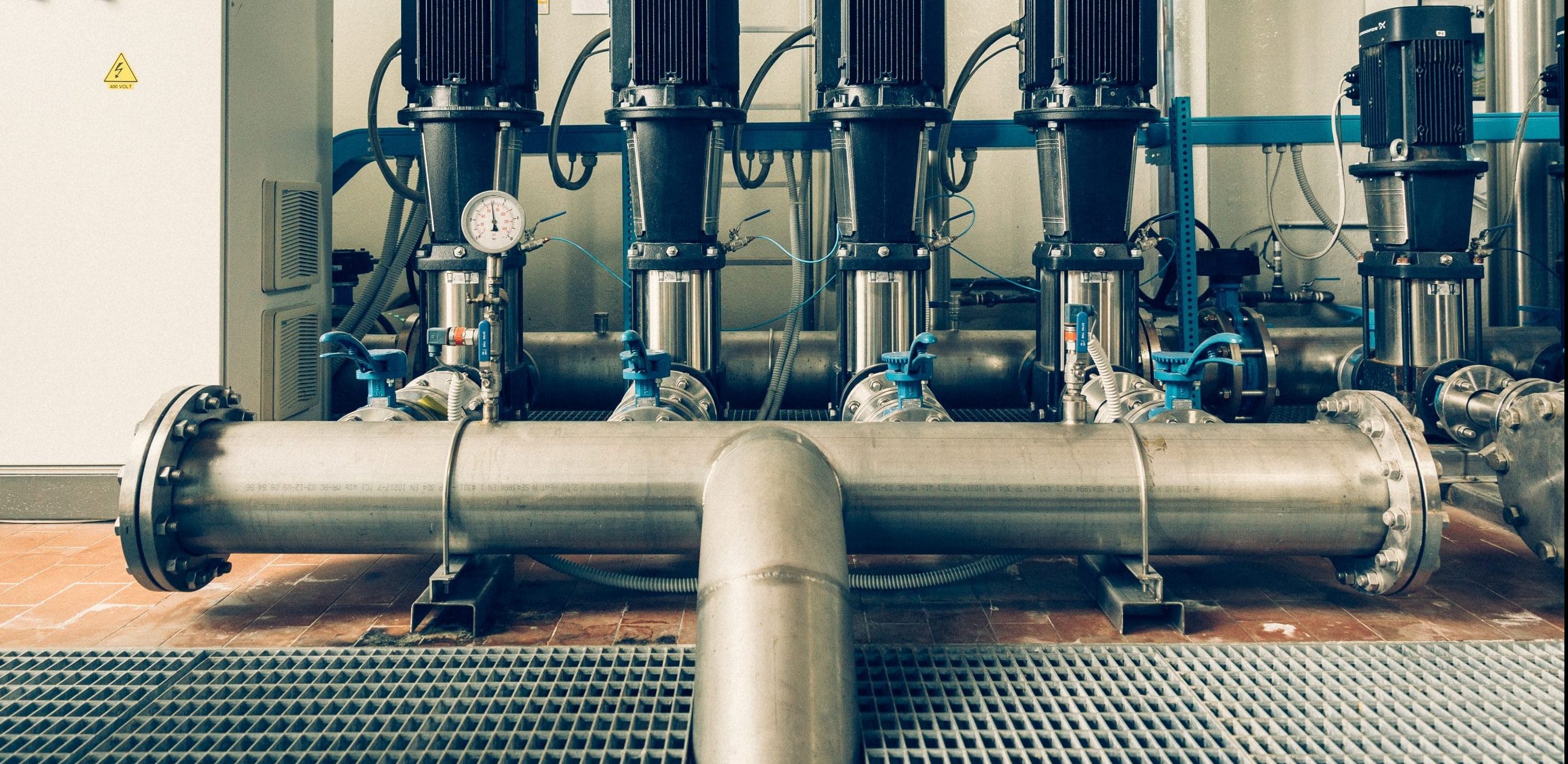
An evaluation based on the minimum night flow estimates a reduction in real losses of about 25,000 m3/year. In terms of the total losses of the distribution system, this results in a reduction of approximately 30 per cent NRW and energy savings of 17 per cent.
Greater Copenhagen Water Utility, Denmark has lowered its water losses from 10 to 5 per cent. This has partly been achieved by employing a strategy of proactive leakage detection as well as using experts for support. Continuous leakage detection performance is key to maintaining expertise and is difficult to gain when leak frequency is low. Therefore, HOFOR collaborates with leakage detection experts on issues such as getting and keeping water losses at a low level, assistance with leakages that in-house staff are unable to detect but are revealed by night time flows, training of in-house staff for triannual manual surveying and consultancy advice on the most applicable equipment and staffing for a specific NRW goal.
Water playground on Israels Square, Copenhagen. Following the results of a detailed investigation of the health aspects of using roof water for recreational purposes, it was decided to use roof water instead of tap water for a water playground including small fountains. The roof water was disconnected from the combined sewer system, thus reducing the hydraulic load on the local sewer system. Photo credit: HOFOR
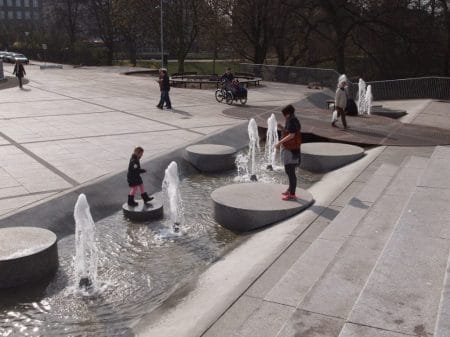
As a trial, approx. 200 noise loggers that are connected to the online monitoring software ALMOS LEAK were installed in an area of Greater Copenhagen where no prior leaks had been detected. Within two days, the system detected a leak. It was left unrepaired for a week to access potential costs, which would have run up to USD 333,000 before the next triannual manual surveying. Courtesy: Leif Koch and HOFOR
The City of Larvik, Norway has a customer base of 39,000 people. Larvik is also a holiday destination, and during summer of 2018, the municipal water treatment plants had difficulty meeting the demand. Larvik has several pressure zones, altitudinous reservoirs and pumping stations. The distribution system has eight major districts, subdivided into 20 DMAs with 35 district meters.
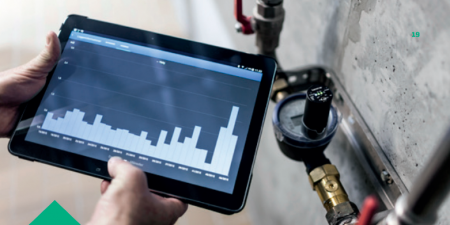
The city decided to implement KeyZones monitoring system that consists of intensive data collection and systematisation. Operational in six weeks, the system gathered smart meter data from the past two years to reference for initial analysis of the KPIs. At the handover of the KeyZones system, initiatives and methods for active NRW optimisation were selected, based on the DMAs with the most potential for NRW-reduction. A 20-25 m³/h leak with six months runtime was found after a week. Another leak of 35-40 m³/h, with 5 months runtime was also identified. The investment costs for implementing KeyZones was, despite the low water price, recouped through the repair of those leaks. Further initiatives such as changes to pressure zones were implemented, enabling Larvik to reduce the ILI from 5.0 to 2.5, within 6 months.
Courtesy: City of Larvik and EnviDan
In the city of Odense, the home town of renowned Danish fairy tale writer Hans Christian Andersen – water utility VCS Denmark has been supplying the city with clean drinking water since 1853. VCS Denmark operates seven waterworks, eight wastewater treatment plants and 3,400 km of pipeline networks. Since 1993, VCS Denmark has carried out a district zoning of the pipeline network. The branch network is now operated with 63 DMAs, supervised by the SCADA system, covering more than 95 per cent of the supply network. This enables optimal operation and leakage detection. In addition, a pipe rehabilitation program has been performed over a 10-year period, reducing burst frequency by 50 per cent. In 2019, VCS Denmark obtained an NRW level of 5.3 per cent, water losses of 1.22 m3/km/day and ILI at 0.60.
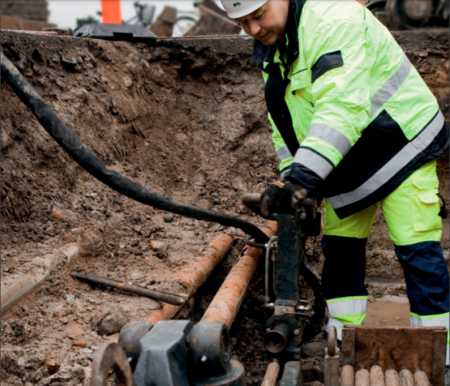
Today, low leakage levels and a secure water distribution are performed with aid from smart meters, active online leakage control in the DMAs and a management decision support system. Every five minutes, the SCADA supervised network calculates the optimal pressure and flow, based on data from online values in the DMAs and five booster stations. In that way, the loss is kept to a minimum.
Courtesy: VCS Denmark
A more sustainable water supply is on the agenda in the city of Al Ain in the Emirates of Abu Dhabi (United Arab Emirates). Through an integrated approach, the city managed to reduce its NRW levels from as high as 45% to 10% within one year for 19 District Metering Areas (DMAs).
The integrated approach included:
HOMIS is a performance monitoring system developed by NIRAS. In the case of Al Ain, the system integrated all operational data systems such as GIS, SCADA, noise loggers, water quality sampling, customer care, billing and finances. By monitoring and reporting online KPIs and through a dedicated training and educational programme, HOMIS helped the managers react and initiate corrective measures when specific KPIs were outside the allowed target range.
On top of a 35% NRW reduction, the integrated approach has enabled Al Ain to move towards a 24/7 supply and to secure a safe and economic operation of the city’s drinking water system.
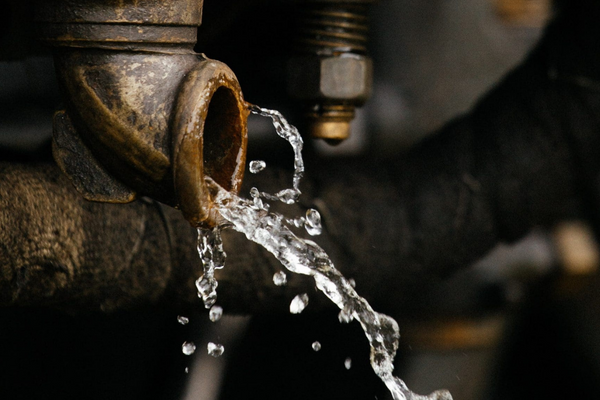
An NRW program will naturally focus on reducing urban water loss and increasing revenue but it can also lead to other important benefits for the water utility and its consumers:
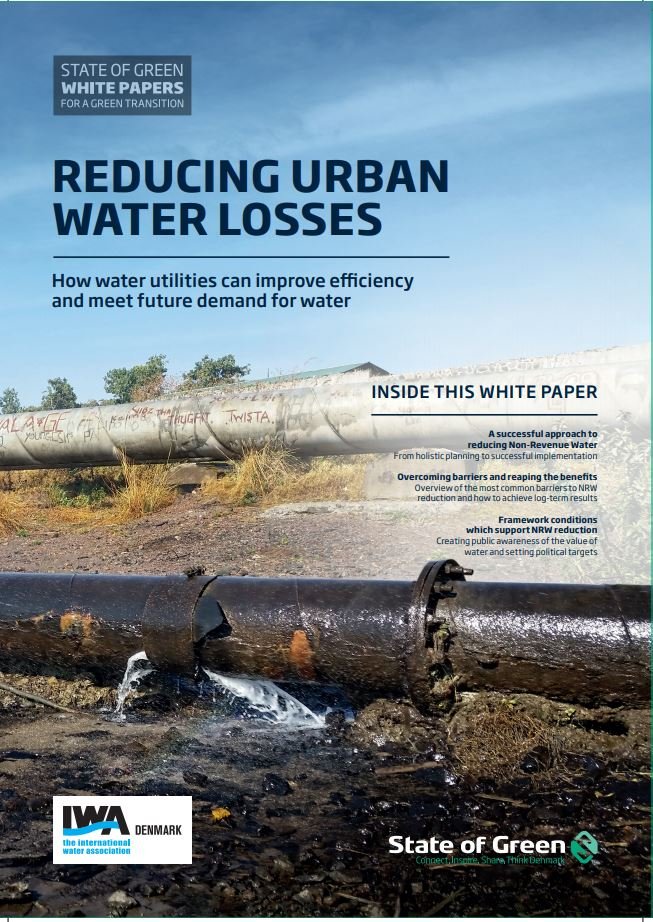
It is costly to produce and distribute water, and for growing cities, this is particularly problematic, as expanding the water distribution networks without reducing urban water losses effectively means expanding a cycle of costly NRW and risking the utility’s financial viability.
Explore more solutions in our publication “Reducing urban water losses“.